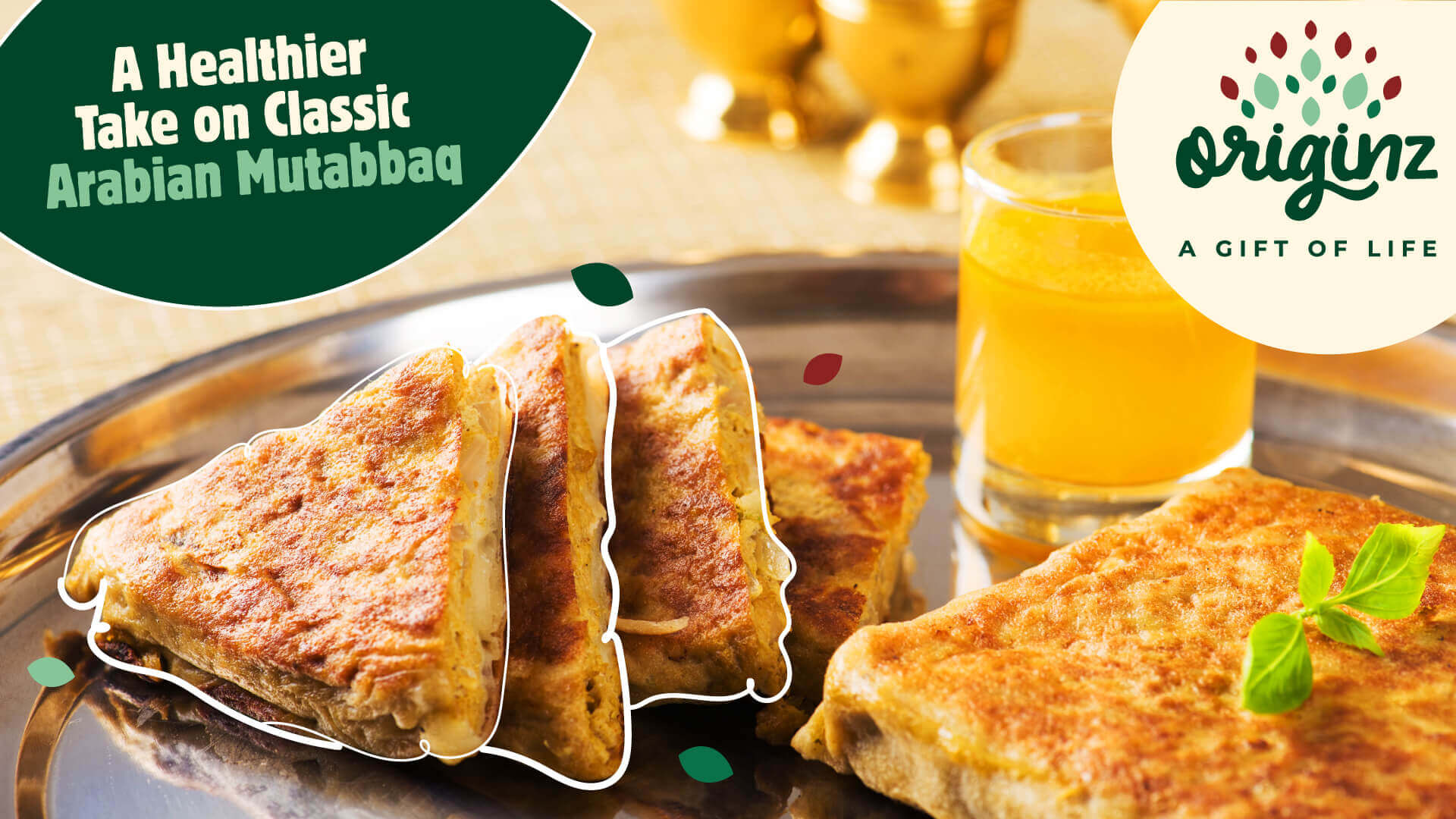
A Healthier Take on Classic Arabian Mutabbaq
Mutabbaq, a beloved street food delicacy from the Middle East, particularly Saudi Arabia, has long been cherished for its crispy, savoury layers filled with spiced meat, vegetables, or even sweet fillings. Traditionally made with white flour and often deep-fried, this delicious dish can sometimes be heavy on calories and not always the healthiest option. However, with a growing interest in healthier eating and an increasing availability of organic ingredients, there's never been a better time to explore a healthier Middle Eastern mutabbaq. This blog will dive into how to make a healthier version of this classic dish, introduce some mutabbaq recipe variations, and discuss the origin of this culinary delight.
The Rich History of Mutabbaq
Mutabbaq, which means "folded" in Arabic, is thought to have originated from the Hejaz region of Saudi Arabia, although it has become popular throughout the Middle East and even parts of Southeast Asia. This layered pancake-like dish is typically filled with a mixture of ingredients, ranging from spiced meats and onions to eggs and green onions, all enclosed in a thin, crispy dough. The Saudi Arabian mutabbaq is a testament to the region's culinary ingenuity, transforming simple ingredients into a dish full of flavour and texture.
Embracing a Healthier Middle Eastern Mutabbaq
With the shift towards healthier eating, more people are looking to enjoy their favourite dishes without compromising on taste or nutrition. A healthier Middle Eastern mutabbaq can be achieved by using whole-grain flours, incorporating more vegetables, and opting for baking instead of frying. By making these small changes, we can maintain the essence of the dish while making it lighter and more nutritious.
1. Opting for Whole-Grain or Organic Flours
One of the simplest ways to make a healthier mutabbaq is to replace the traditional white flour with whole-grain or organic flours. Whole grains are richer in fibre, which helps in digestion and provides a sense of fullness, potentially reducing overeating. Additionally, organic flours are free from pesticides and genetically modified organisms (GMOs), aligning with a cleaner, healthier lifestyle. By using these flours, we enhance the nutritional profile of the dish without sacrificing its classic texture.
2. Adding More Vegetables
Vegetables are a cornerstone of a healthy diet, and they can easily be incorporated into your mutabbaq recipe variations. Consider adding finely chopped spinach, grated carrots, or even bell peppers to your filling. These vegetables not only add a burst of colour and flavour but also provide essential vitamins and minerals. A mix of greens, like spinach or kale, with aromatic herbs like parsley or coriander, can elevate the dish while keeping it light and fresh.
3. Choosing Leaner Proteins and Organic Ingredients
For those who love the meaty version of mutabbaq, switching to leaner proteins such as chicken breast or turkey can reduce the fat content. If you're looking for a plant-based alternative, consider using organic lentils or chickpeas as a filling. They offer a good amount of protein and fibre, making the dish not only healthier but also suitable for vegetarians. Moreover, opting for organic ingredients ensures that you are consuming fewer chemicals and preservatives, which is better for your health and the environment.
4. Baking Instead of Frying
Traditionally, mutabbaq is pan-fried until crispy. While this method provides a delicious crunch, it also adds unnecessary fats and calories. By baking the mutabbaq instead of frying, you can achieve a similar texture with significantly less oil. Simply brush a light coat of olive oil on the folded dough and bake it in the oven until golden brown. This method not only cuts down on calories but also reduces the potential health risks associated with consuming too much fried food.
Exploring Mutabbaq Recipe Variations
The beauty of mutabbaq lies in its versatility. There are endless ways to adapt this dish to suit different tastes and dietary preferences. Here are a few mutabbaq recipe variations to inspire your next culinary adventure:
• Vegetarian Mutabbaq: Swap out the meat for a hearty mix of organic vegetables and beans. Use a combination of chickpeas, lentils, spinach, and tomatoes, seasoned with cumin, coriander, and turmeric for a filling that's both nutritious and satisfying.
• Seafood Mutabbaq: For a lighter take, use fresh seafood like prawns or fish fillets. Season them with garlic, lemon zest, and parsley for a refreshing twist on the traditional Saudi Arabian mutabbaq.
• Sweet Mutabbaq: Embrace the sweeter side by filling the mutabbaq with a mix of organic honey, nuts, and cinnamon, or even a blend of sweetened ricotta cheese and dates. This variation can be baked until golden and served as a delightful dessert.
Incorporating Originz into Your Healthy Mutabbaq Journey
When aiming for a healthier take on traditional recipes, it’s essential to use high-quality, natural ingredients. That's where Originz comes in. Originz offers a wide range of healthy food products that are perfect for recreating classic dishes with a modern, nutritious twist. From olive oil to eggs to frozen vegetables, you can find everything you need to make your next mutabbaq both delicious and healthy.
Furthermore, Originz provides a variety of delicious recipes that cater to different dietary needs and preferences. Whether you're looking for gluten-free options, vegan dishes, or just some inspiration for a healthy meal, Originz has you covered.
Why Choose Organic for Your Mutabbaq?
Choosing organic ingredients for your mutabbaq not only enhances the flavour but also supports a healthier lifestyle. Organic foods are free from synthetic pesticides and fertilisers, which means fewer toxins in your body. Additionally, organic farming supports sustainable practices, which are better for the environment. By choosing organic, you're not only making a healthier choice for yourself but also contributing to a more sustainable planet.
Conclusion
Creating a healthier Middle Eastern mutabbaq is all about making smart choices with your ingredients and preparation methods. By opting for whole-grain flours, incorporating more vegetables, using lean proteins, and choosing organic products, you can enjoy this delicious dish without any guilt. The versatility of mutabbaq recipe variations also allows for endless creativity in the kitchen, ensuring that this traditional Saudi Arabian mutabbaq continues to be a beloved dish in a modern, health-conscious world.
FAQs
Can I make mutabbaq gluten-free?
Absolutely! For a gluten-free version, simply substitute the flour with a gluten-free alternative, such as almond flour, coconut flour, or a gluten-free baking mix. Ensure the fillings are also gluten-free by checking labels on processed ingredients.
What are some vegan fillings for mutabbaq?
For a vegan take, consider using a mixture of sautéed vegetables like mushrooms, bell peppers, onions, and spinach. Adding beans or lentils can increase the protein content, making it a satisfying meal.
How can I ensure my mutabbaq stays crispy when baking?
To achieve a crispy texture when baking, preheat your oven to a high temperature (around 200°C or 400°F) and use a light brush of olive oil on both sides of the mutabbaq. Bake until golden brown, and serve immediately to enjoy the perfect crunch.
Further Read,
Latest Blogs
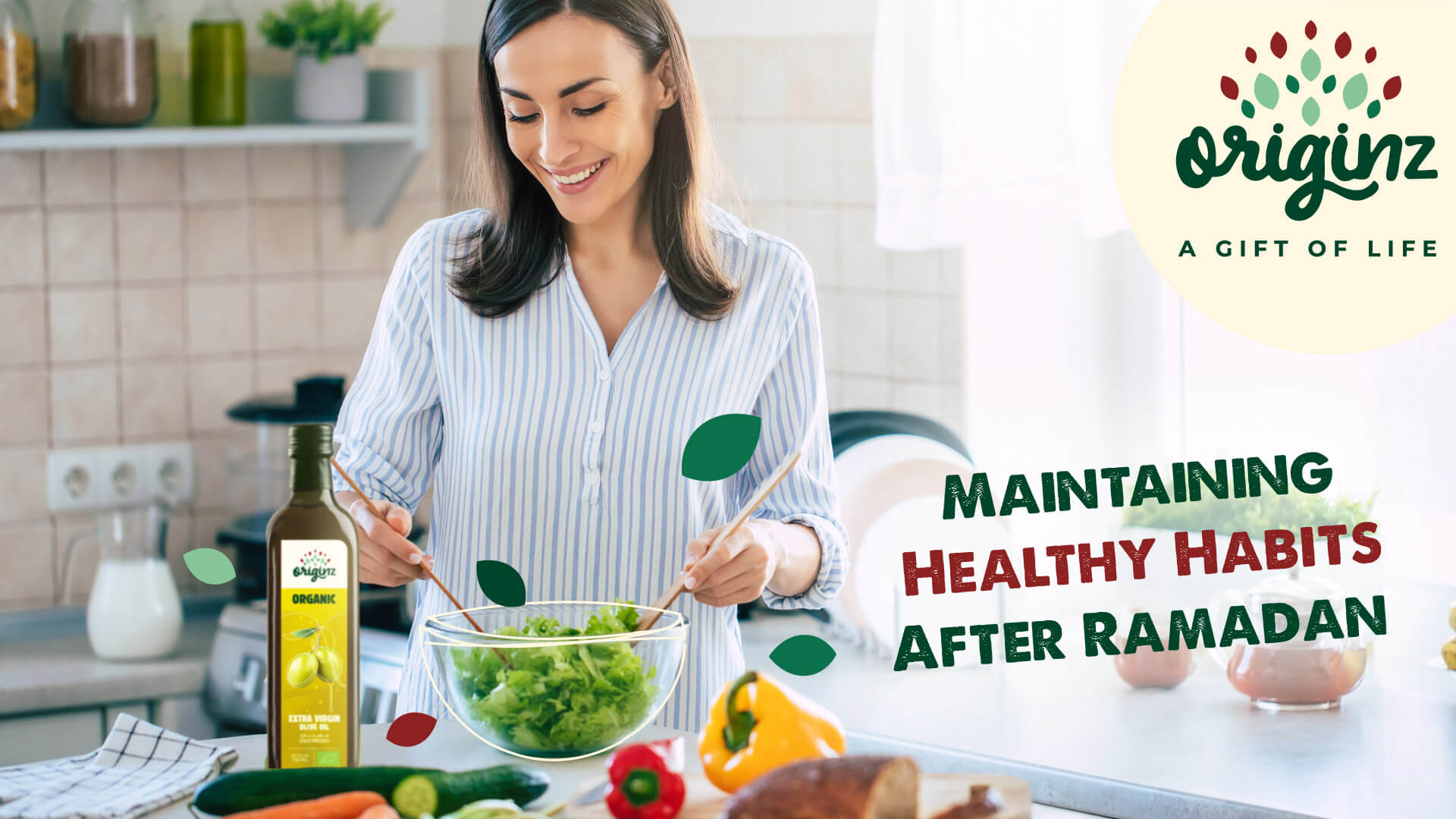
Maintaining Healthy Habits After Ramadan
Have Ramadan healthy meals after Ramadan and maintain healthy food habits and implement them in your daily lives. Read more about healthy food habits.
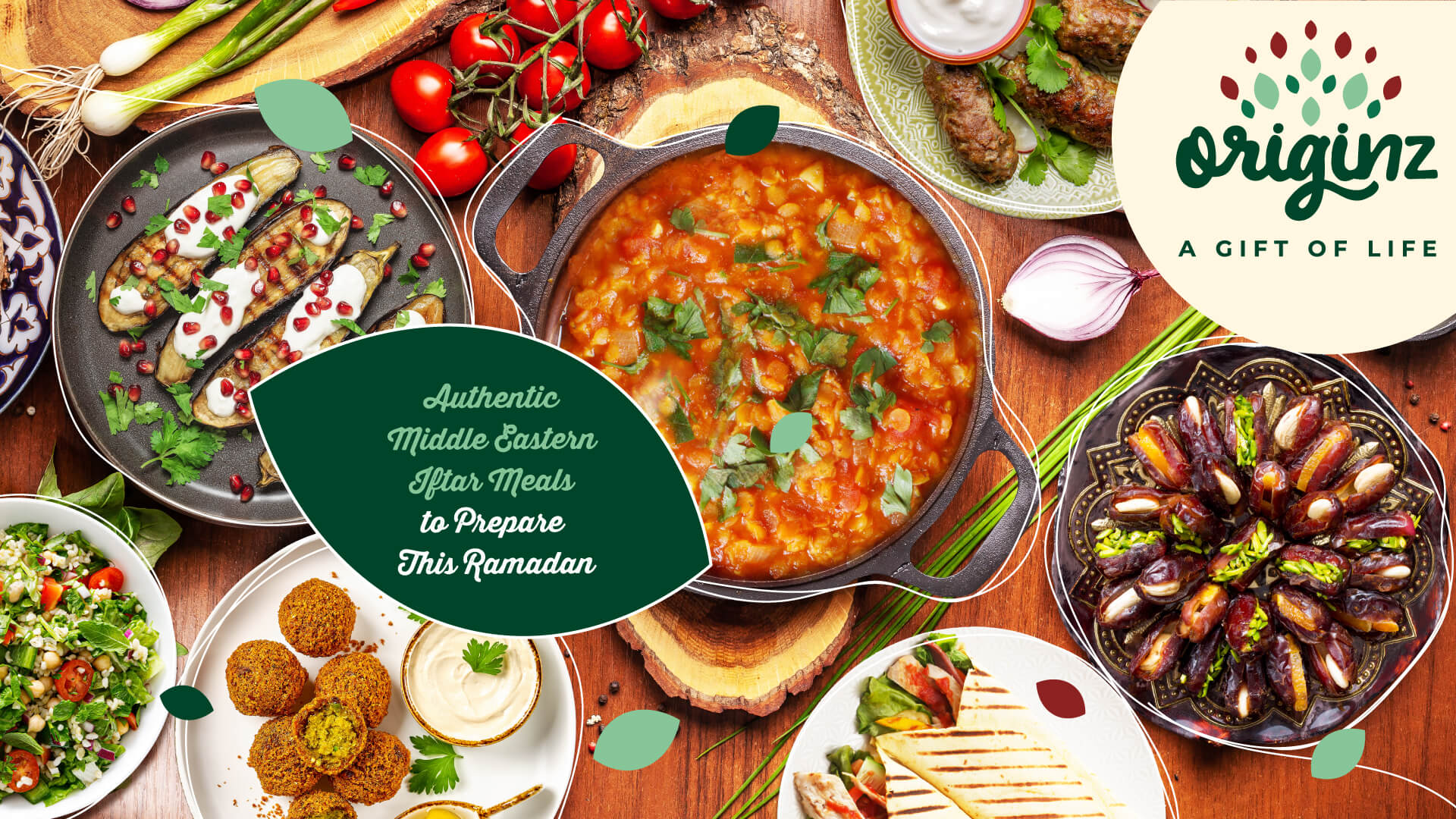
Authentic Middle Eastern Iftar Meals to Prepare This Ramadan
Prepare some authentic middle eastern iftar meals this Ramadan. Look for fresh Ramadan food ideas and make your day memorable with these dishes. Check them out.
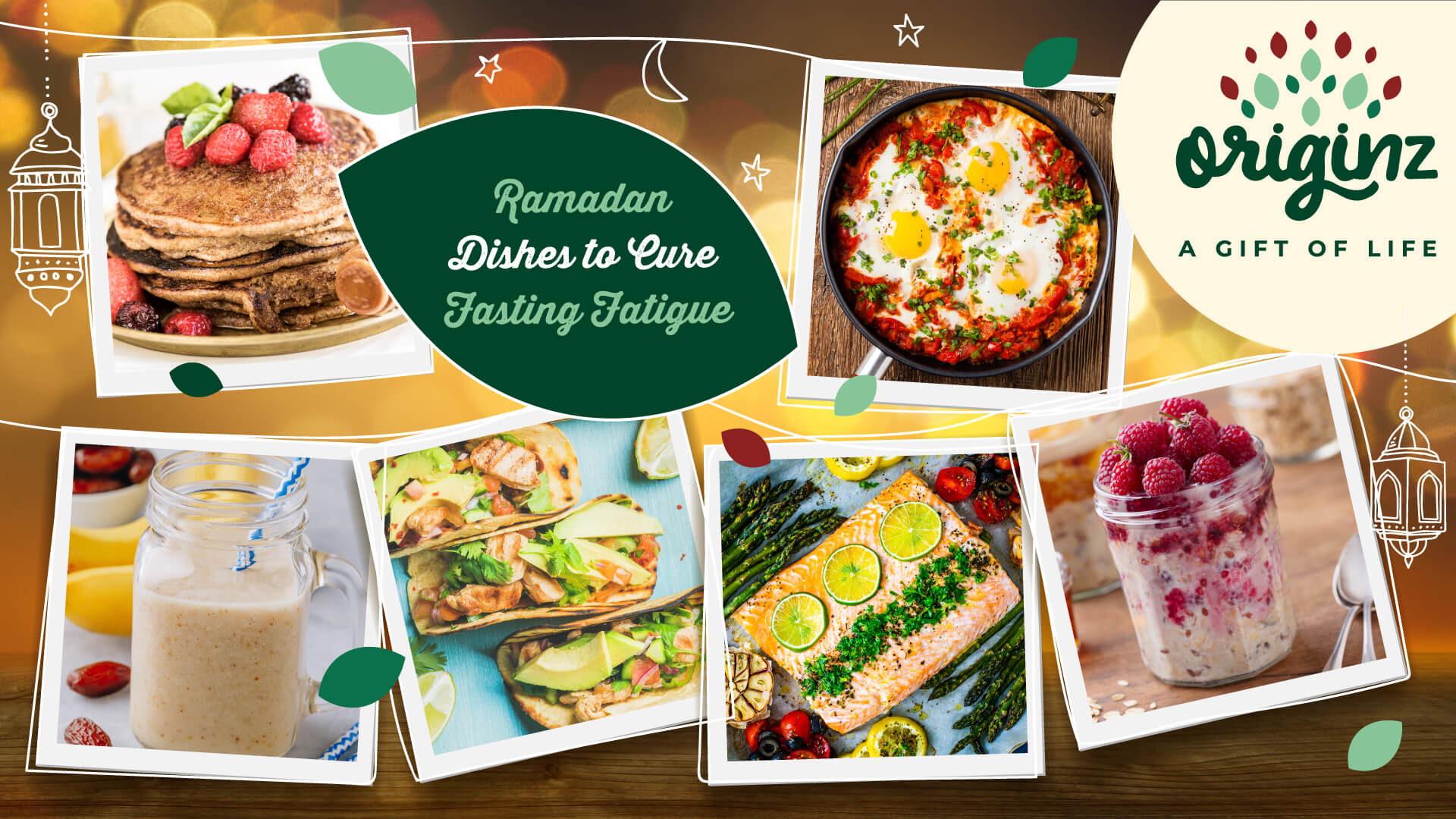
Ramadan Dishes to Cure Fasting Fatigue
Don’t worry about fasting fatigue anymore as we have listed some best Ramadan dishes and easy iftar meals to support your fasting journey. Check them out.
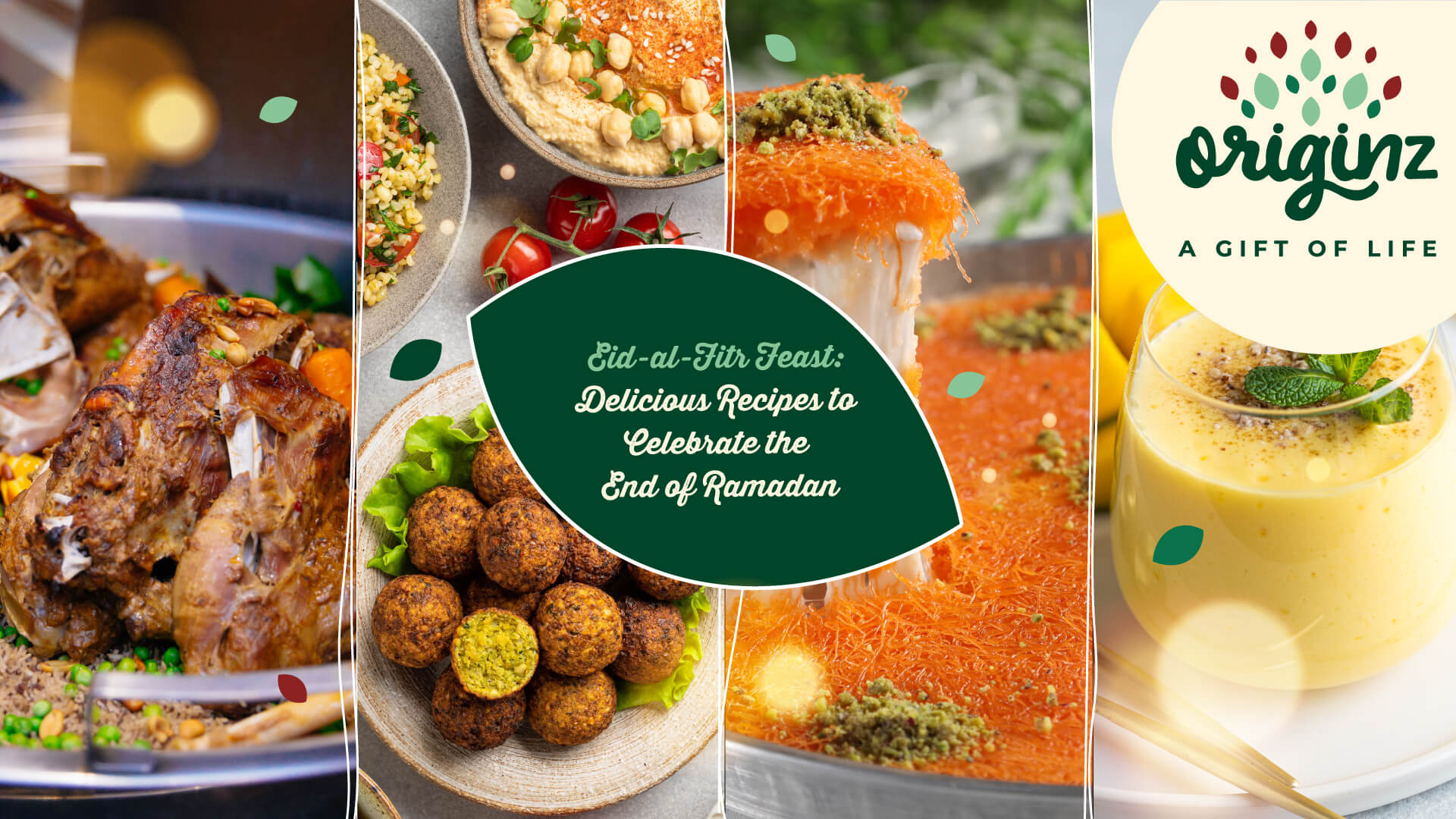
Eid-al-Fitr Feast: Delicious Recipes to Celebrate the End of Ramadan
Celebrate the end of Ramadan with delicious recipes on the eve of Eid ul Fitr. Read more about the traditional Ramadan recipes and make them easily.